Yuri Lyamin with N.R. Jenzen-Jones
Images shared to social media channels in early November show the remnants of a precision guided artillery projectile documented in Warshafana, Libya. According to the Libya Times, these projectiles were fired against Warshafana by forces of Zintan Military Council which is led by Osama Ajwaily – commander of the Western Military Zone of the Government of National Accord. Warshafana is rural region located 25 kilometres west of Tripoli. Precision guided munitions (PGMs) are those which can alter their flight paths to more precisely strike a target. For more information on PGMs generally, see p.35 of this ARES report).
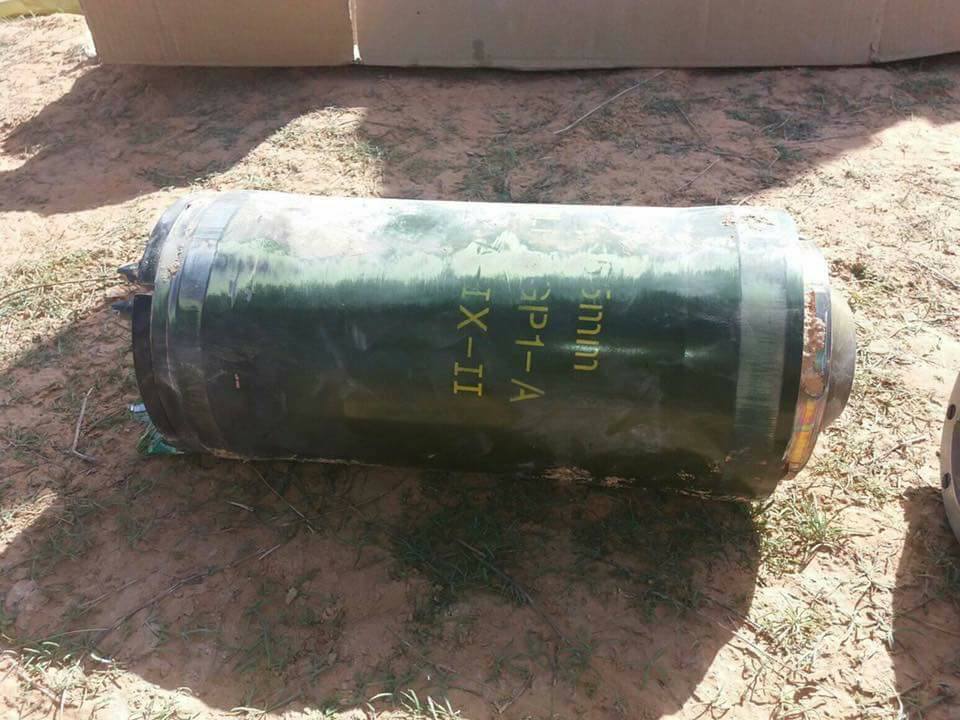
Image 1: Artillery projectile remnant documented in Warshafana, Libya in early November 2017 (photo source: Libya Times).
The munition observed near Warshafana is a Chinese GP1-A precision guided 155 mm artillery projectile. The Chinese GP1 series are export variants of semi-active laser-guided projectiles based on a licensed copy of the Russian Krasnopol system. Munitions employing semi-active guidance types rely on energy transmitted from another platform, and received by the munition. China first acquired a license for the production of the Krasnopol system from Russia in 1997, and began serial production by 2000.
Both the Russian Krasnopol system and the Chinese copy consist of guided projectiles, fired from standard 155 mm guns; one or more portable laser target designators that illuminate targets; and synchronisation and communications systems. The nose cone of the projectile separates during flight, exposing the seeker head. This detects and processes energy from the laser designator which is reflected from the target, generating a target lock. The projectile then actuates control surfaces to manoeuvre as necessary towards the target, which continues to be illuminated by the target designator. This weapon manoeuvres during the terminal phase, and is known as a terminally-guided munition.
The 152 mm version of this round – designated the DDE/PL66-152 – is widespread within the artillery units of the Chinese People Liberation Army, and is often seen during military exercises in China.
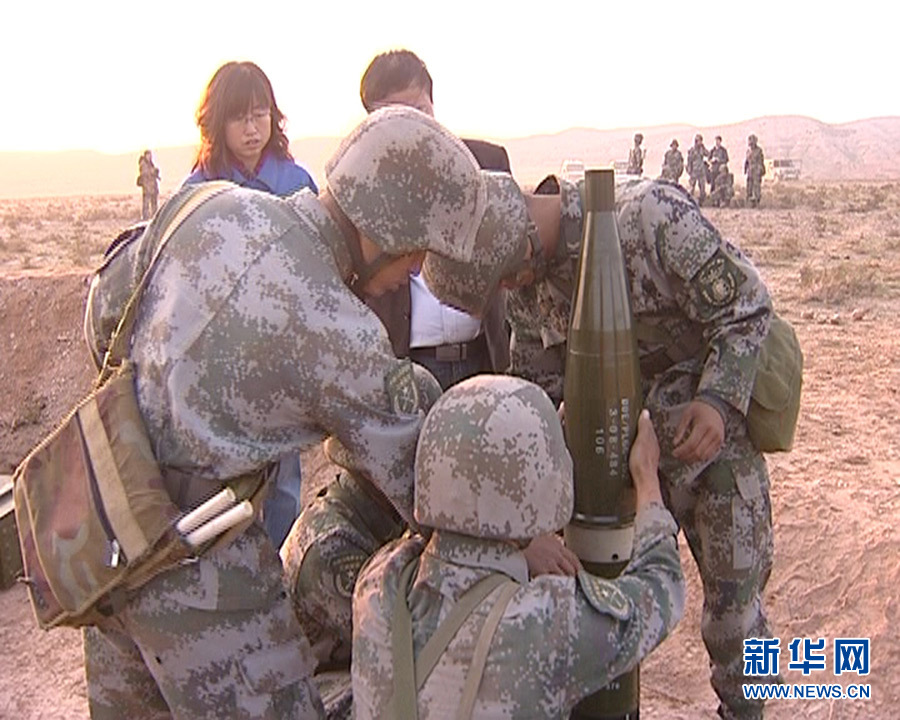
Image 2: Chinese PLA soldiers preparing a DDE/PL66-152 precision guided artillery projectile for use (photo source: news.cn).
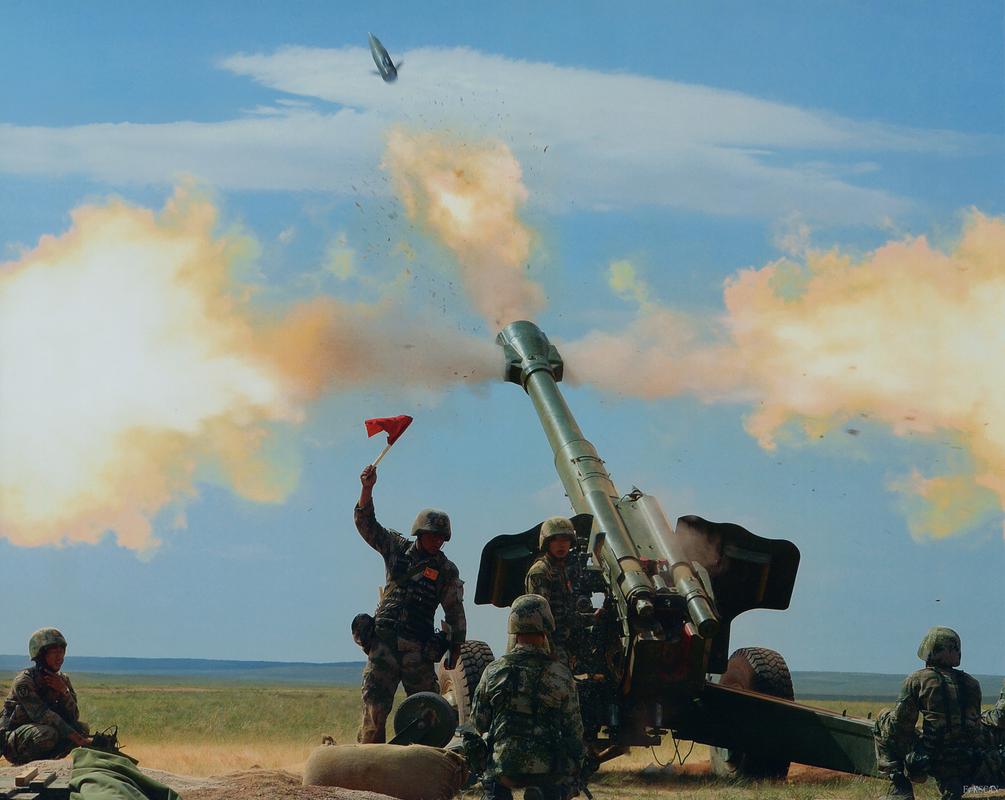
Image 3: Chinese PLA forces firing a DDE/PL66-152 projectile from a Type 66 152 mm towed howitzer during military exercises (photo source: People’s Liberation Army).
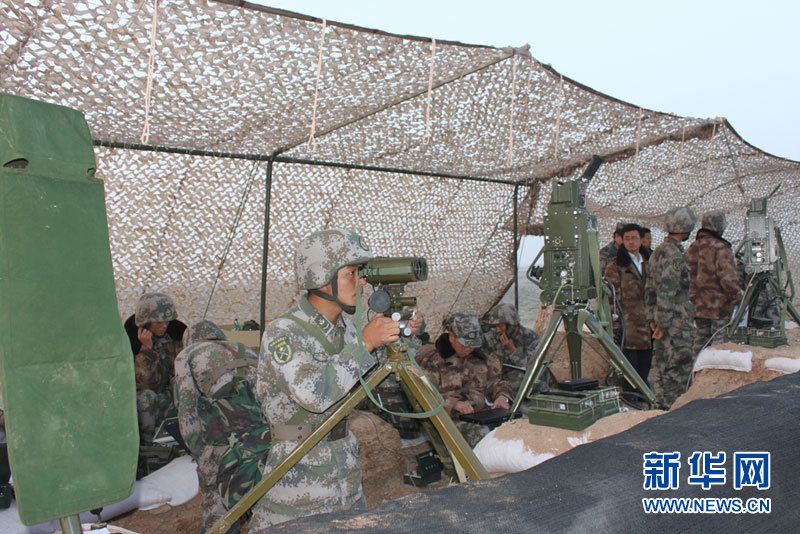
Image 4: The two vertically-orientated units at right are laser designators used with the DDE/PL66-152 (photo source: news.cn).
Questions surround the appearance of these projectiles in Libya. There is no indication that these munitions were present in Libya prior to the 2011 revolution, and they were not observed in use during the fighting in 2011. The country has been under a UN arms embargo following the outbreak of hostilities in February 2011. Further resolutions in 2013 and 2014 modified the embargo, and at present lethal arms and related materiel of all types intended solely for security or disarmament assistance to the ‘Libyan authorities’ can be imported with the advance approval of the sanctions committee.
Permission does not appear to have been granted to import this weapon system. In its final report for 2016, released in June this year, the UN Panel of Experts on Libya noted that, in October 2016, remnants of a guided 155 mm artillery projectile were recovered in Benghazi (these images also circulated on social media at the time). IHS Jane’s, and consequently the Panel, partially misidentified the munition as “a Krasnopol made by the KBP Instrument Design Bureau”. Markings on the remnant piece indicate that the projectile was produced in 2014.

Image 5: Remnants of a GP-series projectile documented in Benghazi, in October 2016 (photo source: @srayamedia/Twitter).
However, the munition in question was actually a Chinese GP-series projectile. The Panel of Experts submitted a formal inquiry to the Russian Federation:
“In response to Panel enquiries, the Russian Federation indicated that Krasnopol guided artillery projectiles were designed by AO Shipunov KBP Instrument Design Bureau in Tula and manufactured by AO Kalashnikov Concern in Izhevsk. However, in 2014 AO Kalashnikov Concern did not manufacture Krasnopol projectiles or export them to foreign customers. The Russian Federation also indicated that the explosive fill shown was not the one used in that type of projectile and that AO Kalashnikov Concern as the manufacturer did not use markings like the lot number shown.”
As noted in the Russian response, Russian ordnance types are marked as containing the explosive “A-IX-2”, not “A-IX-II” as can be seen marked on the remnants of projectiles from Benghazi and Warshafana. Additionally, the colouration and lot numbering both reflect Chinese, rather than Russian standard practice. At the time, ARES identified this munition for a confidential client. We also determined a potential proximate source, which we cannot disclose. However, it is not known with certainty how these munitions arrived in Libya.
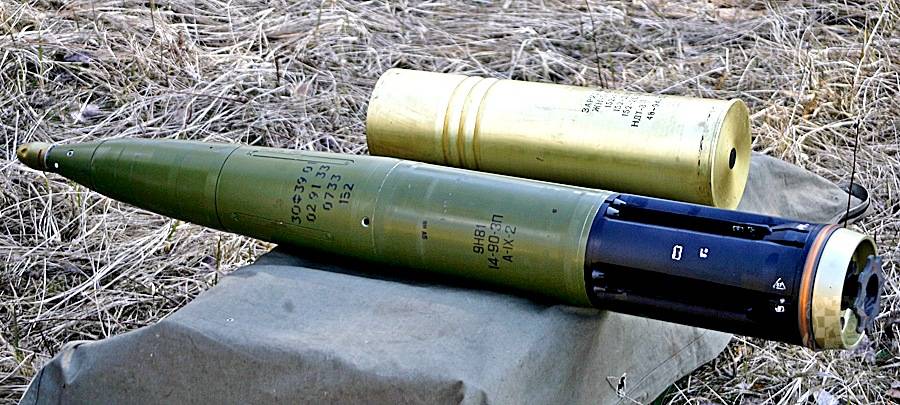
Image 6: Sample markings on a Russian 3OF39 152 mm precision guided artillery projectile, used with the Krasnopol system (photo source: interpolit.ru).
PGMs are increasingly common amongst major militaries, however comparatively high per-munition cost and other factors restrict their use among the armed forces of developing nations. Nonetheless, more and more have been documented in service with the armed forces of developing nations, and in the hands of non-state actors.
Technical Specifications – GP1 155 mm projectile
Range: 4-20 km
Diameter: 155 mm
Length: 1305 mm
Weight: 52 kg
*Technical specifications taken from Norinco trade show literature.

Image 7: The Chinese GP1 155 mm guided artillery projectile (photo source: hunter_chen).
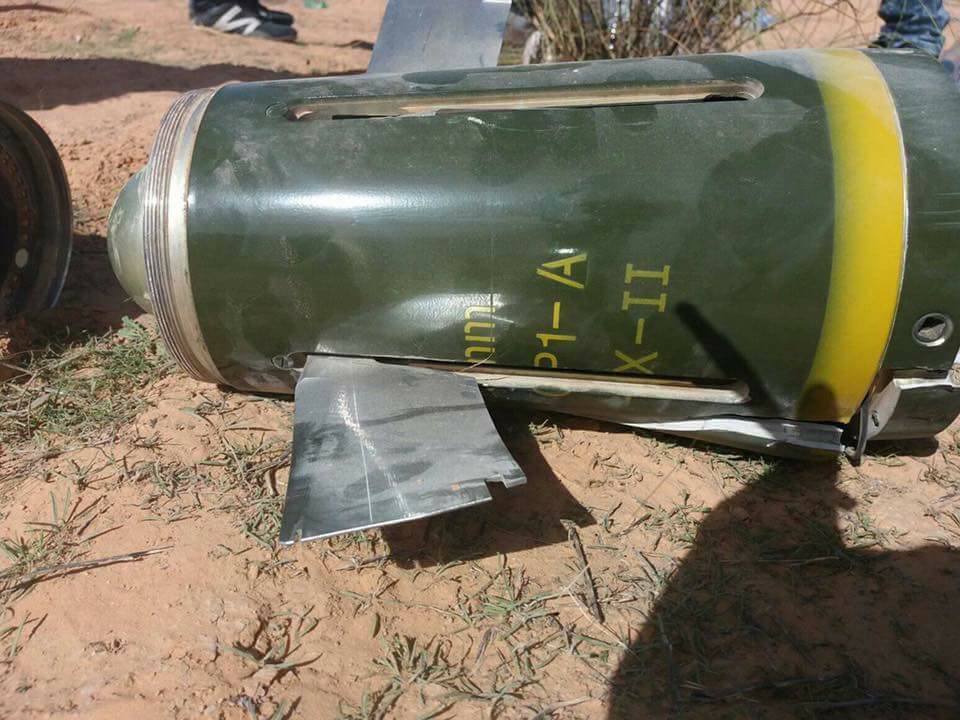
Image 8: Detail of the forward control surfaces of the GP1 munition documented in Warshafana, Libya, in early November 2017 (photo source: Libya Times).
Remember, all arms and munitions are dangerous. Treat all firearms as if they are loaded, and all munitions as if they are live, until you have personally confirmed otherwise. If you do not have specialist knowledge, never assume that arms or munitions are safe to handle until they have been inspected by a subject matter specialist. You should not approach, handle, move, operate, or modify arms and munitions unless explicitly trained to do so. If you encounter any unexploded ordnance (UXO) or explosive remnants of war (ERW), always remember the ‘ARMS’ acronym:
AVOID the area
RECORD all relevant information
MARK the area to warn others
SEEK assistance from the relevant authorities

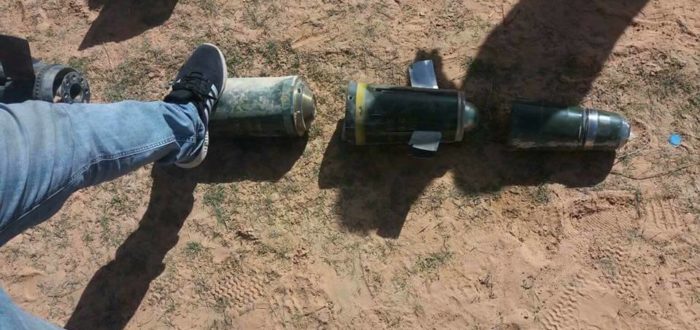
3 thoughts on “Chinese GP1 series guided artillery projectiles in Libya”